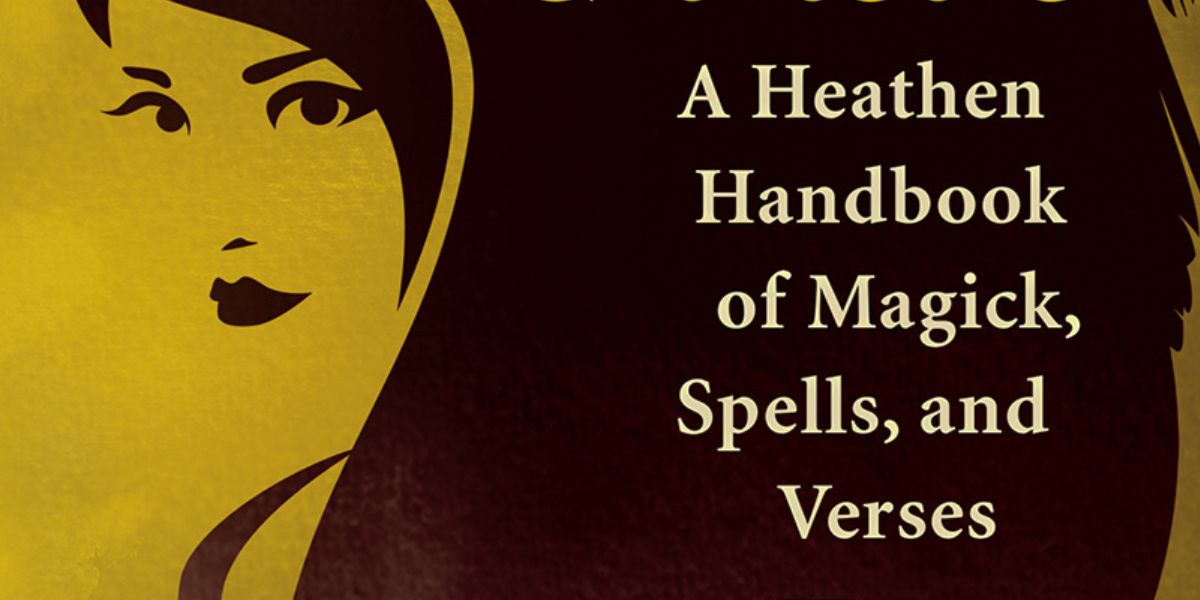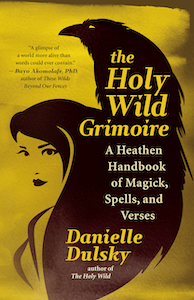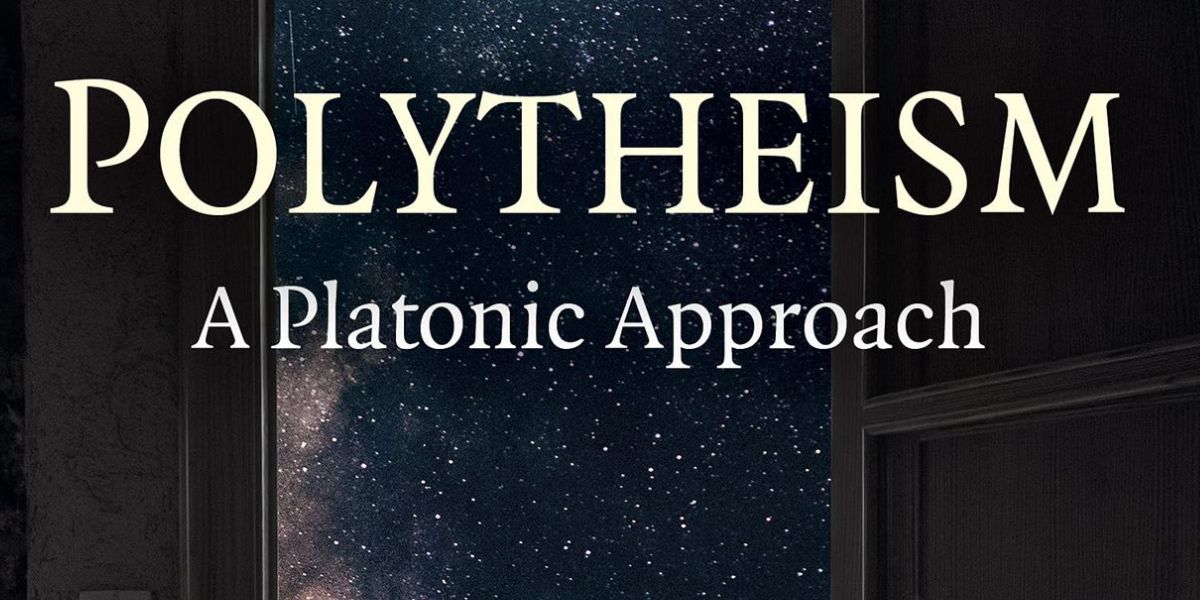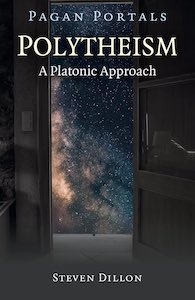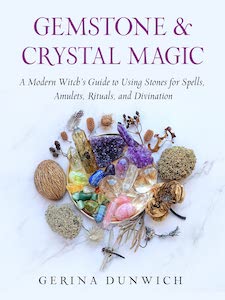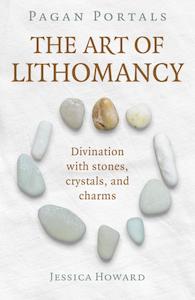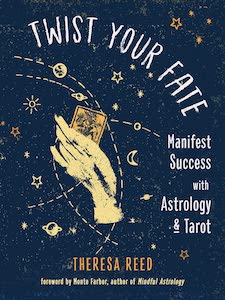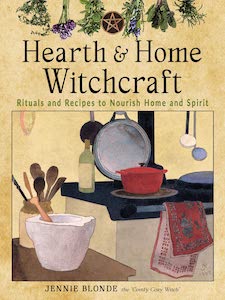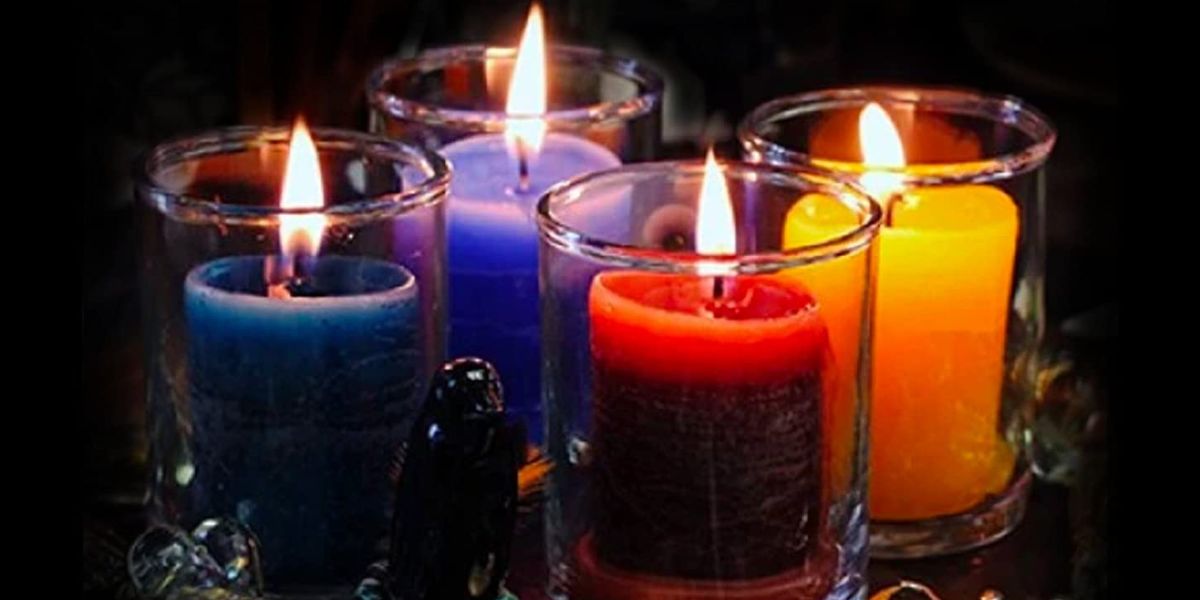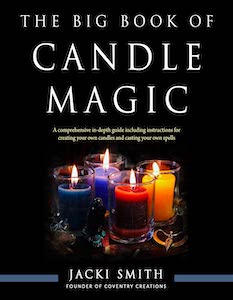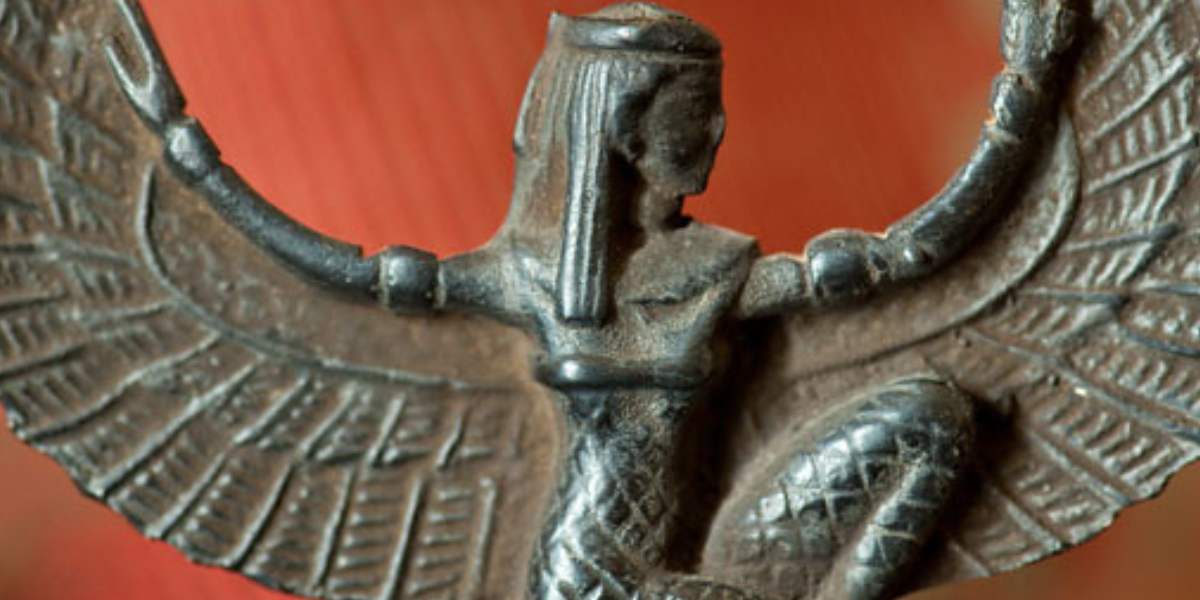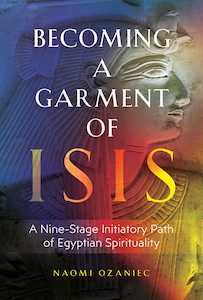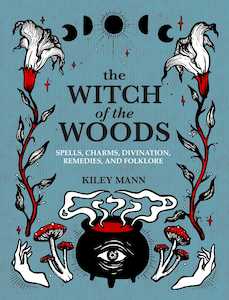
The Witch of The Woods: Spells, Charms, Divination, Remedies, and Folklore, by Kiley Mann
CICO Books, 1800651694, 144 pages, October 2022
Your relationship to your landscape is bound to influence and guide your magical practice, especially in witchcraft. In The Witch of the Woods: Spells, Charms, Divination, Remedies, and Folklore, Kiley Mann highlights this special connection to place by sharing her experiences in the northern region of Michigan. Leading readers through the seasons, folk magic, herbs and omens of this land, Mann takes the reader on a journey into the wilderness of witchcraft.
Witchcraft takes many forms, from witch wounds on the east coast from fiery trails that led to a more fierce practice in the centuries to follow to the more glitzy, New-Age “manifest” witchcraft style of the west coast, but sometimes in the process the essence of being connected deeply to nature and one’s own local folklore gets lost. Mann perfectly revitalizes this connection for readers in this beautiful grimoire that is uniquely centered upon her lived experiences. The unification of witch and land is by far what stands out the most in this book.
“These lands have lessons to teach us, unique in their own characteristics and being. You must walk the land to know it. You cannot know her if you do not let your feet touch the ground and wander aimlessly as you please. These lessons are taught directly through the land itself.”1
There’s a reverence for the long line of witches that have come before Mann, along with a desire to know the bodies of water, plants, and spirits that share the space with her for their own inherent power, without placing upon them desires or expectations. Sometimes this connection to one’s surroundings and traditions, which is a vital part of witchcraft, can be hard to translate; it tends to be more of a lived, embodied awareness that comes from walking this path overtime. Yet there’s something in Mann’s descriptions of ancient practices, remedies, and folklore, along with her illustrations that awaken this awareness in the reading, prompting them to reflect on their own connection to the local traditions of their homeland.
The book is divided into two parts. The first focuses on folklore, including stories of the trolls, land spirits, ancestral spirits, and omens of the land and animals. The second part is the folk magic, or the how-to remedies, rituals, and divinations that have evolved from life in this region. Mann helps the reader to familiarize themselves with the properties of different herbs and crystals before delving into spell work. She offers spells to alleviate common troubles, such as releasing worry, banishing nightmares, and romantic resolution, along with ones to gain success, luck, self-love, and protection.
I found this book really interesting from the perspective of place because I rarely hear about the folklore of the midwest region. Even though I can only imagine what the energy of a swamp feels like energetically or how it might inform my practice, reading about Mann’s revelations and observations made me start thinking about the natural landscape of where I am currently living, both physically and psychologically. While someone from Mann’s locality of the midwest might naturally connect more with the grimoire, I still feel there’s so much value in exploring her process and learning about methods she’s come across to thrive as a witch in the woods even having never visited the lands she explores in this book. At its heart, nature is nature, and there’s still plenty of overlap and insight to gain no matter what region you’re from, especially in regard to the use of herbs in spellwork and divination.
Another aspect of this book that makes it a real special gem is that Mann illustrated it herself. The symbolism of the imagery boosts her power, as the images themselves convey messages beyond words alone. Flipping through the pages, noticing what your eyes are drawn to and how the colors impart feelings or sensations, makes for an engaging read. The Witch of the Woods is less of a how-to manual and more of an invitation to step inside the creativity of Mann’s own witchcraft practice while learning ways to enhance your own.
Overall, The Witch of the Woods is an insightful, earthy exploration of witchcraft that will guide others to become the witch of their own woods. Mann has done an impressive job of weaving together the elements of her craft to present readers with a beautiful grimoire of knowledge about remedies, folklore, spiritwork, and divination. From brewing your own magical tea to crafting your own wild medicine, this book reminds readers of the unity between nature and oneself – the center of all witchcraft.
Alanna Kali is an astrologer, numerologist, and pioneer spirit that loves to explore life through the lens of depth psychology. She has a passion for studying the humanities and social trends. Her academic work is centered upon reuniting body, mind, and spirit through eco-psychology. She loves reading, spending time in nature, and travel.

